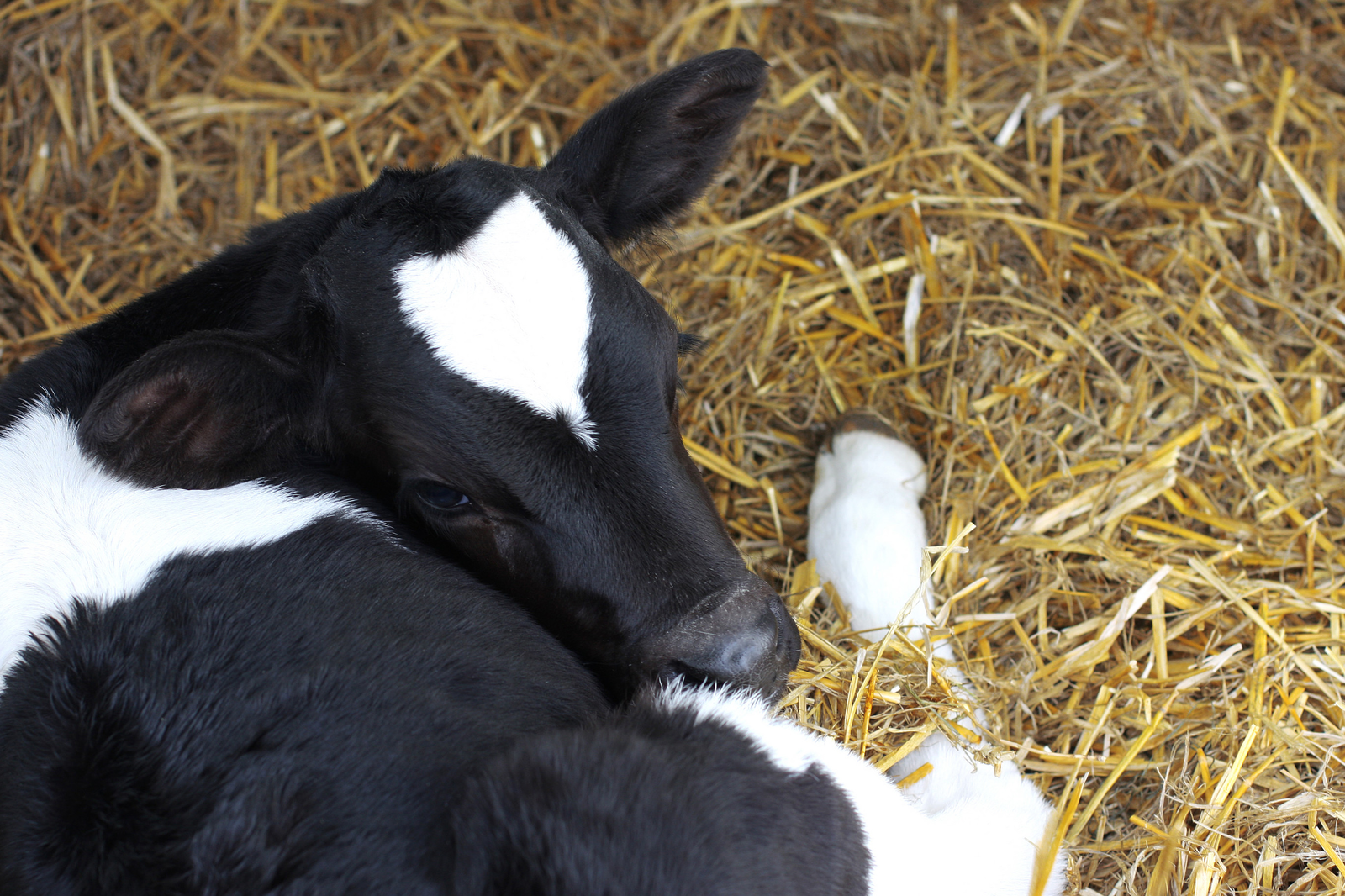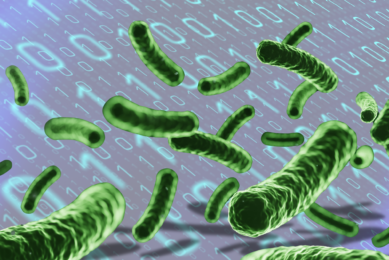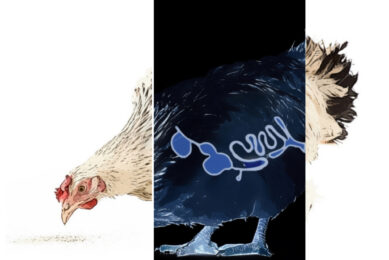Probiotic helps calves cope better with Salmonella

A probiotic can help calves to be better protected against an acute phase of Salmonella infection, a research group in Argentina found.
The results have been published in the Journal of Beneficial Microbes.
Salmonellosis is one of the most common diarrhoeal diseases affecting pre-weaned dairy calves. In cattle, the most common serotypes are Salmonella Typhimurium, Salmonella Dublin and Salmonella Newport. To control this infectious disease, antibiotics at sub-therapeutic doses have been used in feed for calves since the 1950s, but the use of antibiotics should be limited due to resistance issues. The demand for non-traditional alternative treatments (such as probiotics) to control acute enteric infections has therefore increased.
Experimental set up A research team from Argentina therefore wanted to study whether a probiotic/lactose inoculum can help the young calves to be better protected against a Salmonella infection, based on haematological and immunological parameters and renal and hepatic biochemical profiles before and during a Salmonella Dublin DSPV 595T challenge.
In the trial, a total of 28 Holstein calves (Bos taurus) with an average age of 5 days were used, divided into a control and probiotic group. The probiotic group was supplemented with 100 g lactose/calf/d and 1010 cfu/calf/d of each strain of a probiotic inoculum composed of Lactobacillus casei DSPV318T, Lactobacillus salivarius DSPV315T and Pediococcus acidilactici DSPV006T throughout the experiment. The pathogen was administered on day 11 of the experiment, at an oral dose of 109 cfu/ animal (LD50).
Results
On day 20 (i.e. 9 days after the inoculation of the pathogen), the surviving animals (60% in CG and 53% in PG) still showed clinical signs of salmonellosis (data not shown). At the end of the study (day 27), 72 h after no more deaths were observed, most of the surviving animals (47% in PG and 47% in CG) appeared to be recovering from the acute phase of salmonellosis, showing no characteristic clinical signs of this disease (data not shown). Survival rates are shown in the table.
The most significant differences caused by the administration of the inoculum/lactose were found during the acute phase of Salmonella challenge (9 days after challenge), when a difference between groups in neutrophils/lymphocytes ratio were detected. These results suggest that the probiotic/lactose inoculum administration increases the calf’s ability to respond to the disease increasing the systemic immune response. No differences were found in haemoglobin, haematocrit, MCH, MCHC, AST, urea, GGT, band neutrophils, eosinophils, monocytes and IgA in the jejunum between the two groups of calves under the experimental conditions of this study.
The researchers state that further studies must be conducted to evaluate different probiotic/pathogen doses and different sampling times, to achieve a greater understanding of the effects of this inoculum on intestinal infections in young calves and of its mechanism of action.











